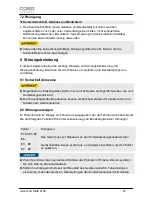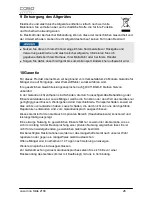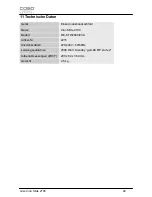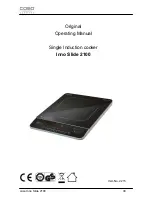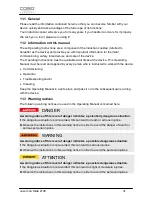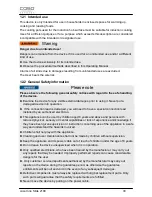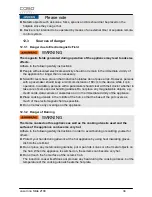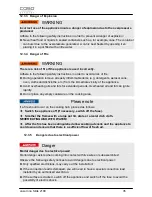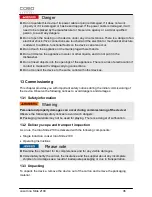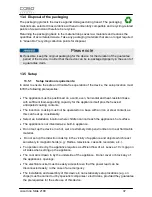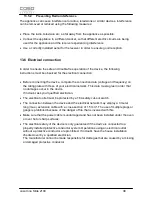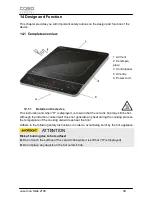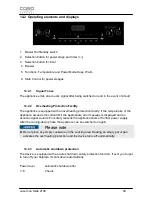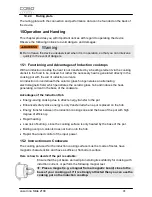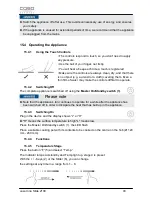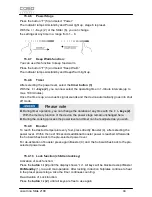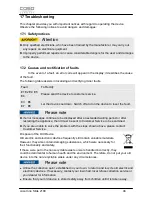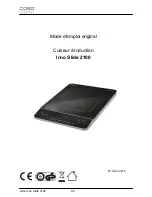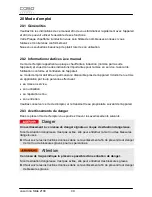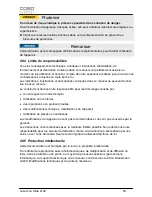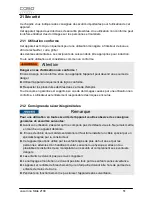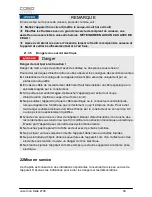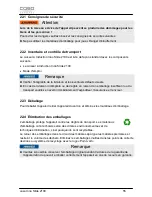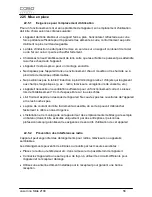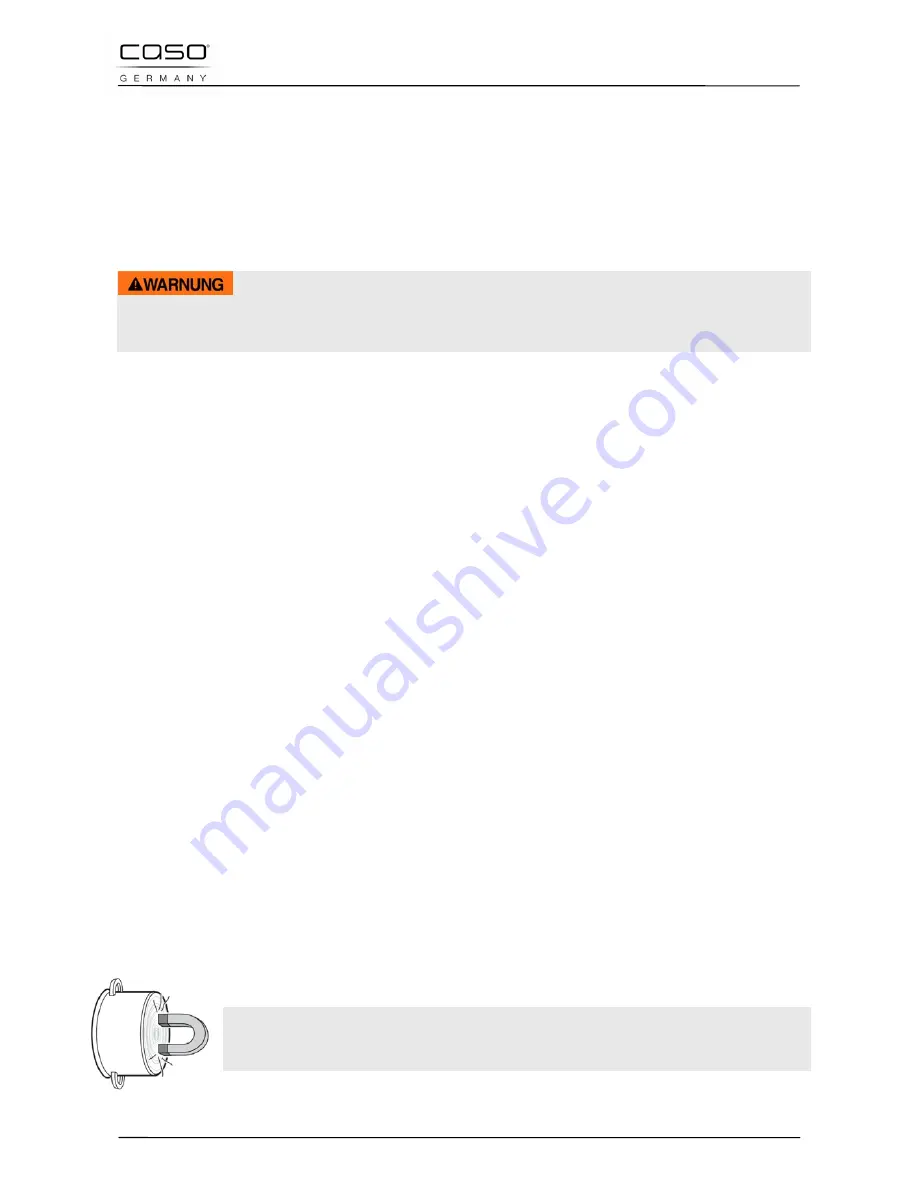
caso Inno Slide 2100
41
14.2.4
Rating plate
The rating plate with the connection and performance data can be founded on the back of
the device.
15 Operation and Handing
This chapter provides you with important notices with regard to operating the device.
Observe the following notices to avoid dangers and damages:
Warning
► Do not leave the device unsupervised when it is in operation, so that you can intervene
quickly in the event of dangers.
15.1 Functioning and Advantages of Induction cooktops
With an induction cooktop the heat is not transferred by a heating element via the cooking
utensil to the food to be cooked, but rather the necessary heat is generated directly in the
cooking pot with the aid of induction currents.
An induction coil underneath the ceramic glass hob generates an alternating
electromagnetic field, which penetrates the ceramic glass hob and induces the heat-
generating current in the base of the cookware.
Advantages of the Induction Hob
•
Energy-saving cooking due to direct energy transfer to the pot.
•
Enhanced safety since energy is only transferred when a pot is placed on the hob.
•
Energy transfer between the induction cooking zone and the base of the pot with high
degree of efficiency.
•
Rapid heating.
•
Low risk of burning, since the cooking surface is only heated by the base of the pot.
•
Boiling over pot contents does not burn onto the hob.
•
Rapid, fine-tuned control of the input power.
15.2 Instructions on Cookware
The cooking pot used for the induction cooking surface must be made of metal, have
magnetic characteristics and have a sufficient, flat bottom surface.
Here is how to decide if the pot is suitable:
Ensure that the pot bears an inscription stating its suitability for cooking with
induction current, or perform the following magnet test:
Place a magnet (e.g. a magnet from a magnetic board) close to the
base of your cooking pot. If it is strongly attracted then you can use the
cooking pot on the induction cooktop.

